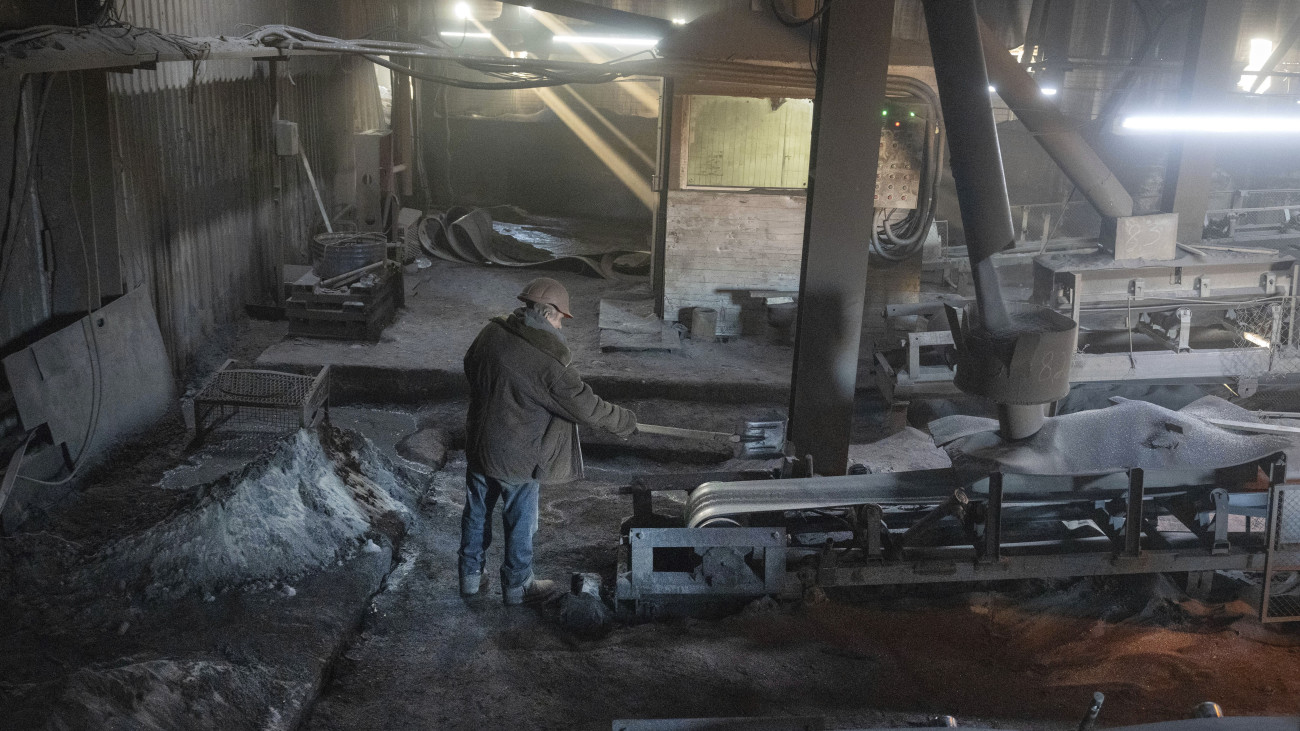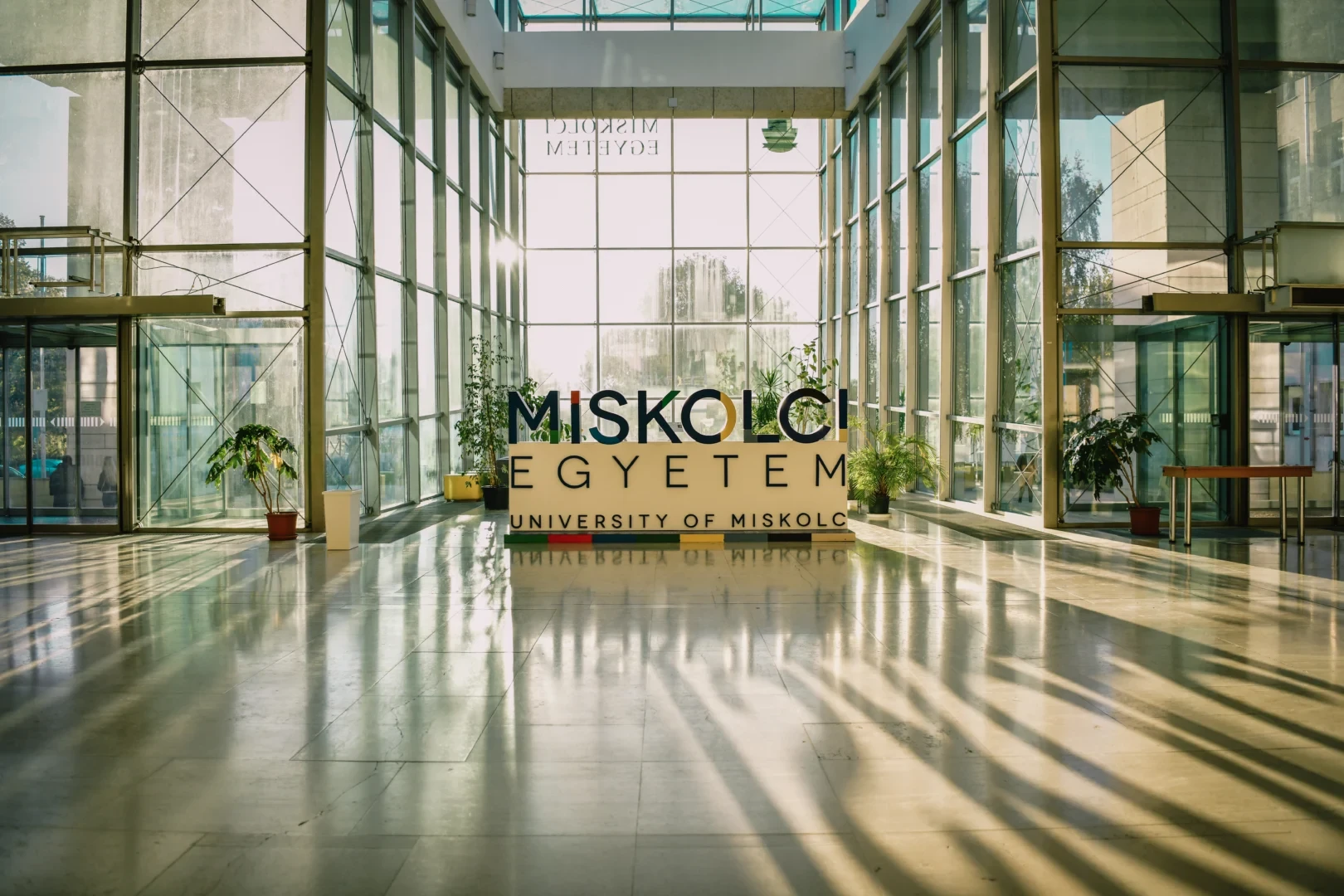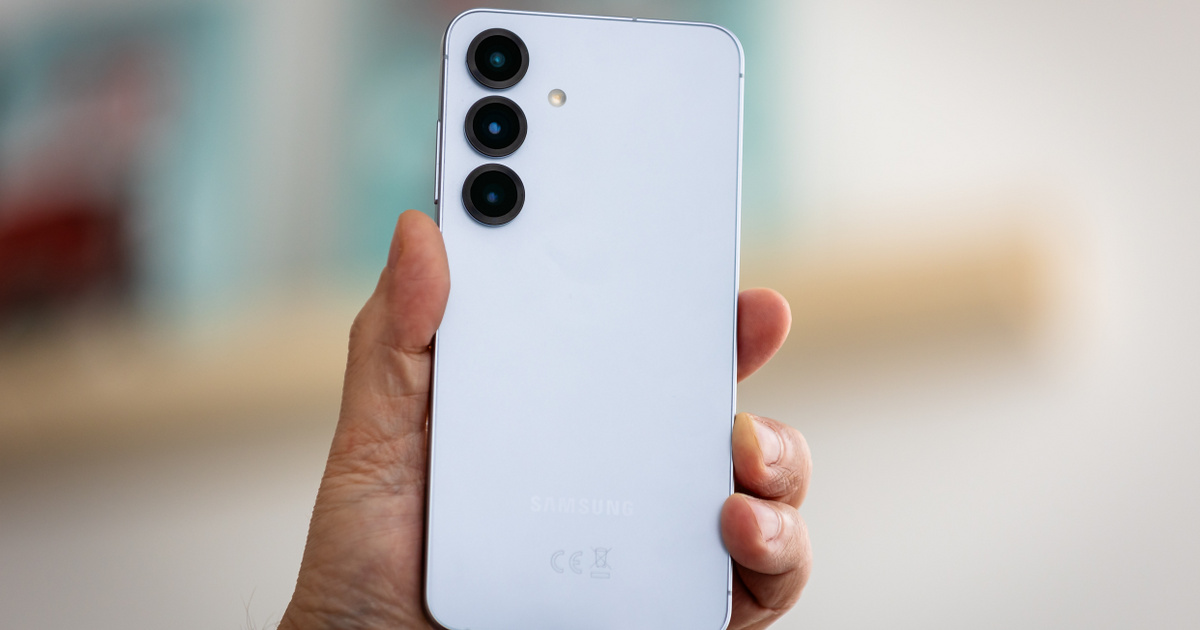One of the oldest known infectious diseases is A leprosy, which are caused by bacteria that parasitize human tissues – Mycobacterium lepromatosis and Mycobacterium lepromatosis. The disease also attacks the skin, nerves, and internal organs, and it has not yet been defeated, although it is relatively difficult to infect, and 95 percent of people are immune to it, and those who do not have protection can now be cured. with antibiotics.
Colleagues at the University of Edinburgh studying leprosy’s natural carriers, armadillos, have discovered a strange and little-known effect of the disease, which is also subject to social stigma due to its apparent skin symptoms. Scientists infected 45 animals with the bacteria. Thirteen animals from the group were resistant to infection and were compared with 12 infected and 12 healthy samples.
The results were surprising: The affected catfish’s livers were enlarged. The growth appeared not to be abnormal, and the location and function of the tissues were normal, with the circulatory system and bile duct enlarged proportionately.
The exact process of the mechanism is not known, but according to the researchers, the bacterium learned to reprogram the cells of Tatuk’s liver, which, having reached a state similar to stem cells, began to grow additionally, without scarring, fibrosis or tumors.
If we can determine how bacteria can grow the liver of a live animal without adverse effects, this knowledge will lead to safer treatment and rejuvenation of aging livers and regeneration of damaged tissue.
Anura Rambukkana, a biologist at the University of Edinburgh, pointed this out.
While researching leprosy, the same team previously found that leprosy can similarly reprogram Schwann cells, which are part of the nervous system and create the medullary sheaths that insulate and protect nerve endings.
Since the liver is constantly renewing itself, its average life, compared to our other organs, is constantly less than three years. It is the only organ that can at least partially regrow itself. However, the recurrent inflammatory lesions of chronic liver disease build up over time. Therefore, the leprosy-developed turbo button of regeneration could be a very important discovery in liver healing..












































